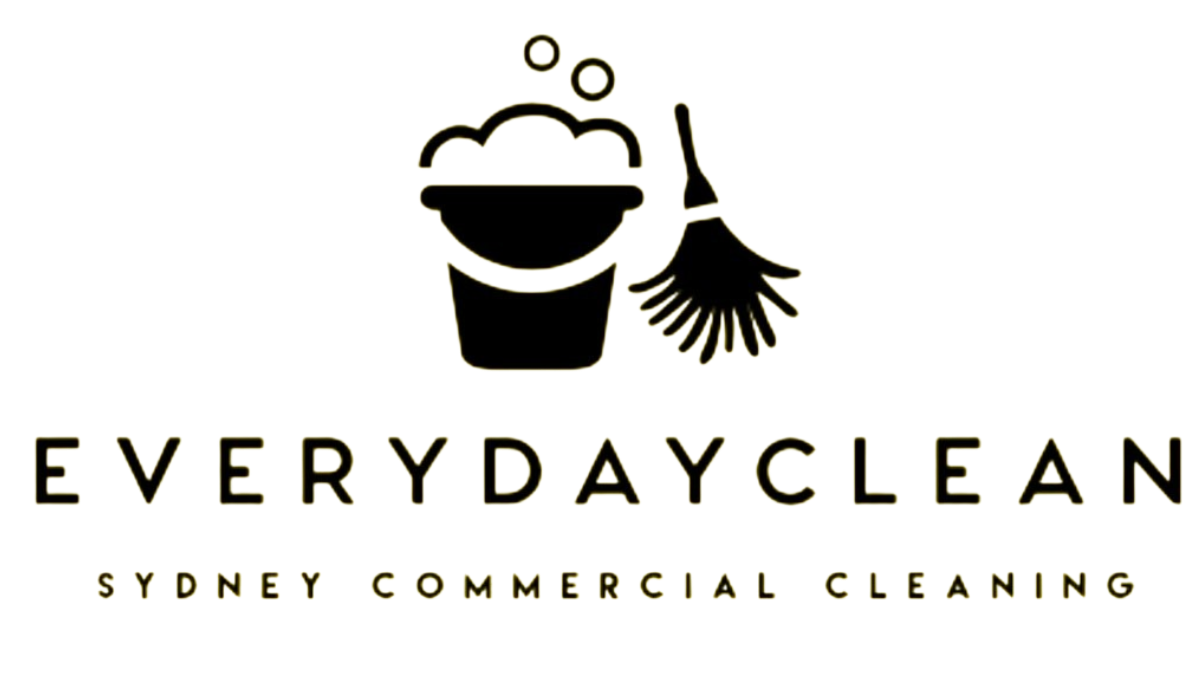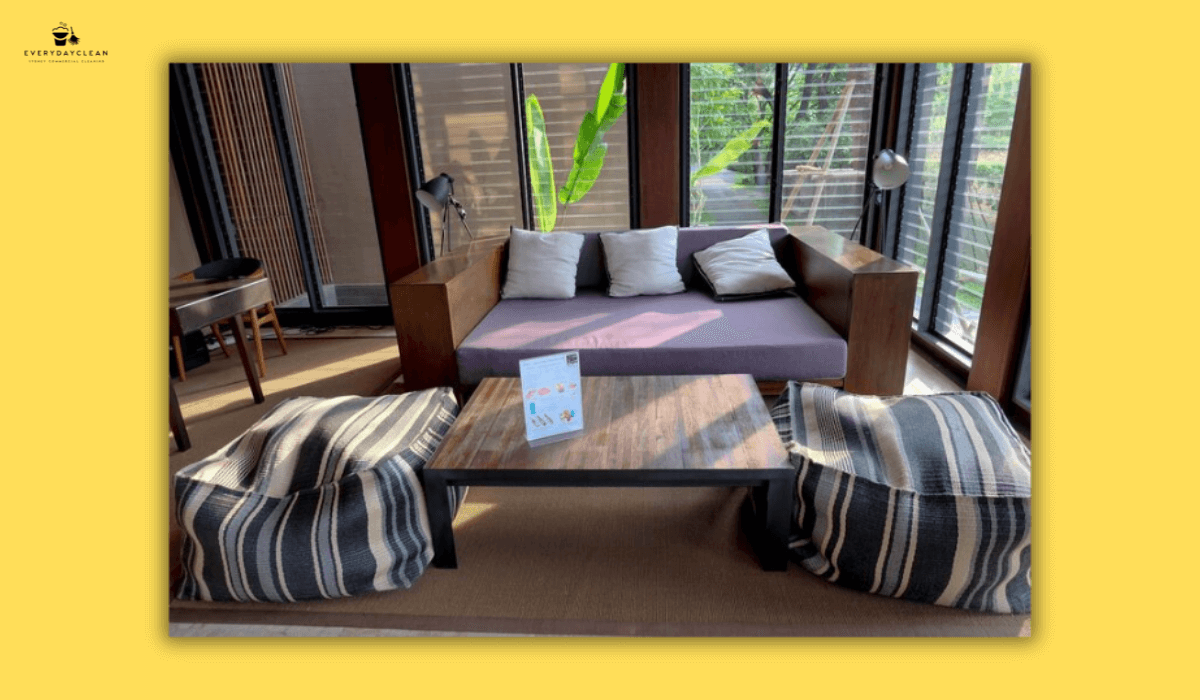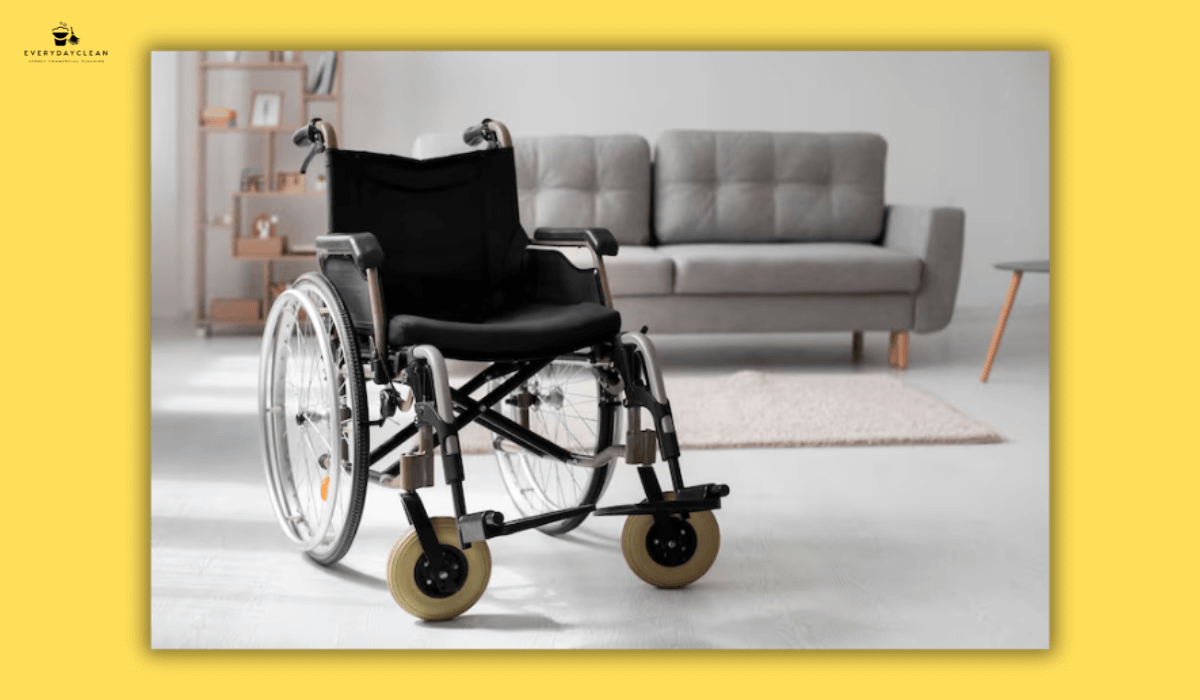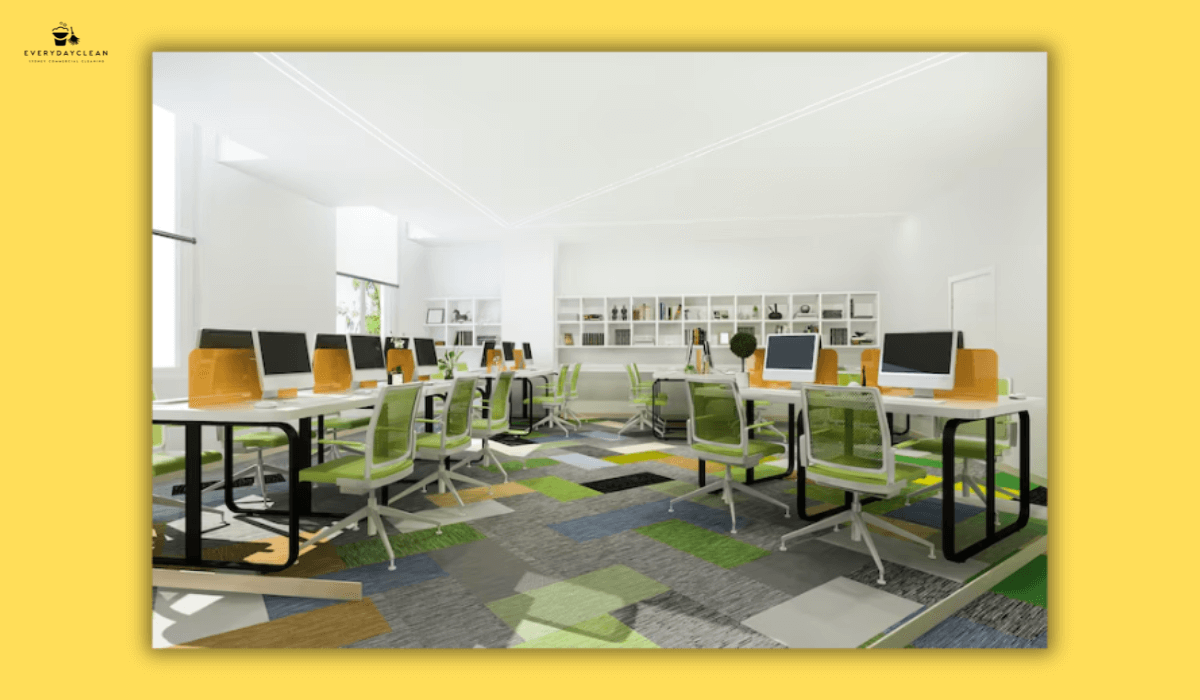7 Steps on How to Clean Gym Floor Mats Properly
How to clean gym floor mats effectively begins with removing all loose dirt and dust using a broom or vacuum, followed by washing the surface with warm water and a pH-neutral cleaner such as mild dish soap. Stubborn grime should be gently scrubbed with a soft-bristle brush to lift residue without damaging the mat texture. After cleaning, sanitize with a disinfectant spray containing hydrogen peroxide or rubbing alcohol, leaving it for the proper dwell time to eliminate bacteria and odours. Finally, wipe away excess moisture and allow the mats to air dry completely, ensuring a non-slip, hygienic surface ready for safe workouts.
Step 1: Prepare the Gym Area Before Cleaning
Start by clearing all equipment and loose items from the floor. This ensures unrestricted access to every corner and prevents cross-contamination from weights or machines. Sweep or vacuum thoroughly to remove dust, grit, and hair, which can damage mat surfaces when scrubbed.
Inspect the mats for visible damage such as cracks, curling edges, or signs of mould. Damaged areas should be repaired or replaced before cleaning begins to prevent moisture from seeping underneath. Finally, increase ventilation by opening windows or turning on fans to help air circulation during cleaning and drying. Preparation saves time and supports effective sanitation.
Step 2: Choose the Right Cleaning Solution
Not all gym mats are made from the same material, and using the wrong cleaning agent can damage them. Identify whether your mats are rubber, foam, or vinyl before choosing your solution.
- Rubber mats should be cleaned with a
pH-neutral detergent to prevent corrosion. Avoid harsh chemicals like bleach or ammonia.
- Foam mats require only mild soap and warm water. Rinse gently and dry completely to prevent warping.
- Vinyl or PVC mats can handle stronger, commercial-grade cleaners, ideally
TGA-approved disinfectants that kill bacteria without leaving residue.
Always dilute cleaning agents according to instructions. Over-concentration can cause stickiness, fading, or surface degradation, especially in high-use areas.
Step 3: Apply and Scrub the Surface Thoroughly
Once the cleaner is prepared, apply it evenly with a mop, sprayer, or soft sponge. Allow the solution to sit for 5–10 minutes to loosen dirt, oil, and sweat residues. This contact time is crucial for breaking down grime before scrubbing.
Using a soft-bristle brush or microfibre mop, gently scrub the surface in circular motions. Focus on high-traffic zones like weightlifting areas and stretching corners where sweat tends to accumulate. For interlocking mats, lift each edge slightly to clean seams where bacteria can hide. Work systematically from the back of the room toward the exit to avoid stepping on cleaned sections.
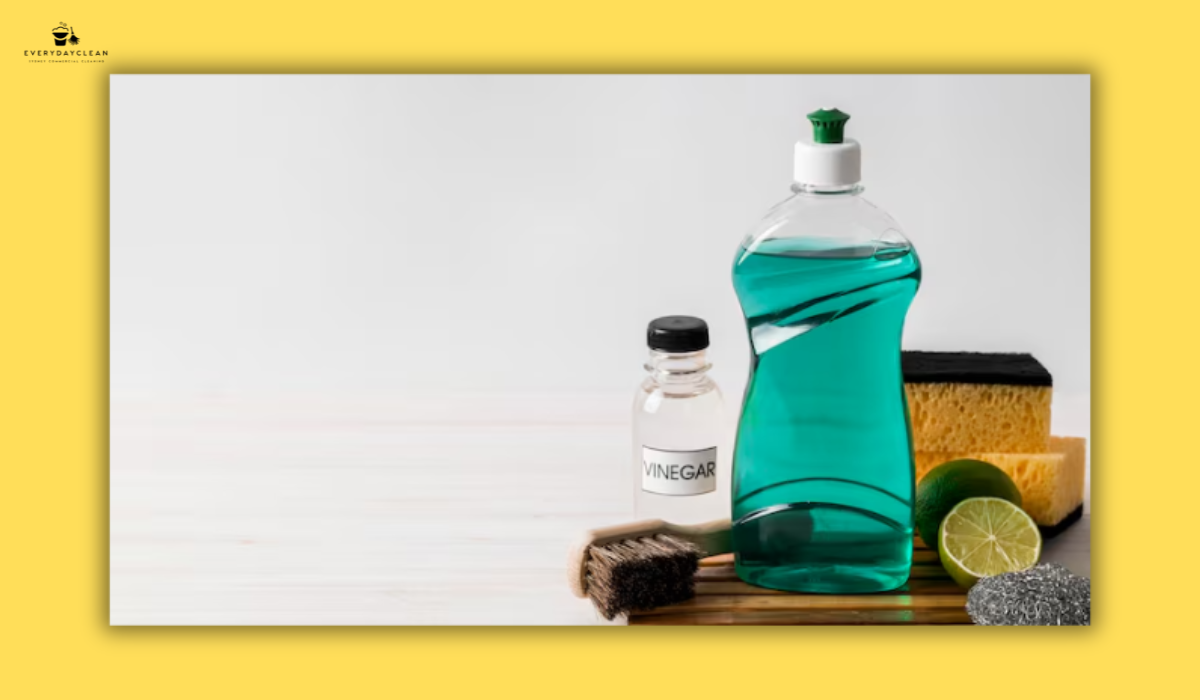
Step 4: Disinfect to Eliminate Bacteria and Odour
After cleaning, disinfection ensures the mats are hygienically safe for gym members. Choose a hospital-grade disinfectant approved by the Therapeutic Goods Administration (TGA), ensuring effectiveness against bacteria such as E. coli and Staphylococcus aureus.
Spray evenly across the surface and leave for the recommended contact time to ensure full sanitisation. Avoid wiping off too soon — disinfectants need time to act. For gyms preferring eco-friendly options, hydrogen peroxide or alcohol-based solutions are excellent alternatives that dry quickly and leave no harmful residue. This step is essential for odour control and to meet hygiene expectations in commercial fitness environments.
Step 5: Rinse and Dry the Mats Completely
Rinsing removes detergent and disinfectant residue that can make mats slippery or attract dust. Use clean water and a microfibre mop or cloth to wipe down each section. Avoid soaking foam or EVA mats, which absorb moisture easily.
Proper drying is non-negotiable. Use air movers or fans to accelerate the process and keep humidity low. Mats should be completely dry before equipment is placed back to prevent mould or bacterial regrowth. For interlocking floors, separate sections slightly to allow airflow between seams. Skipping this step can undo the entire cleaning effort, especially in humid gym environments.
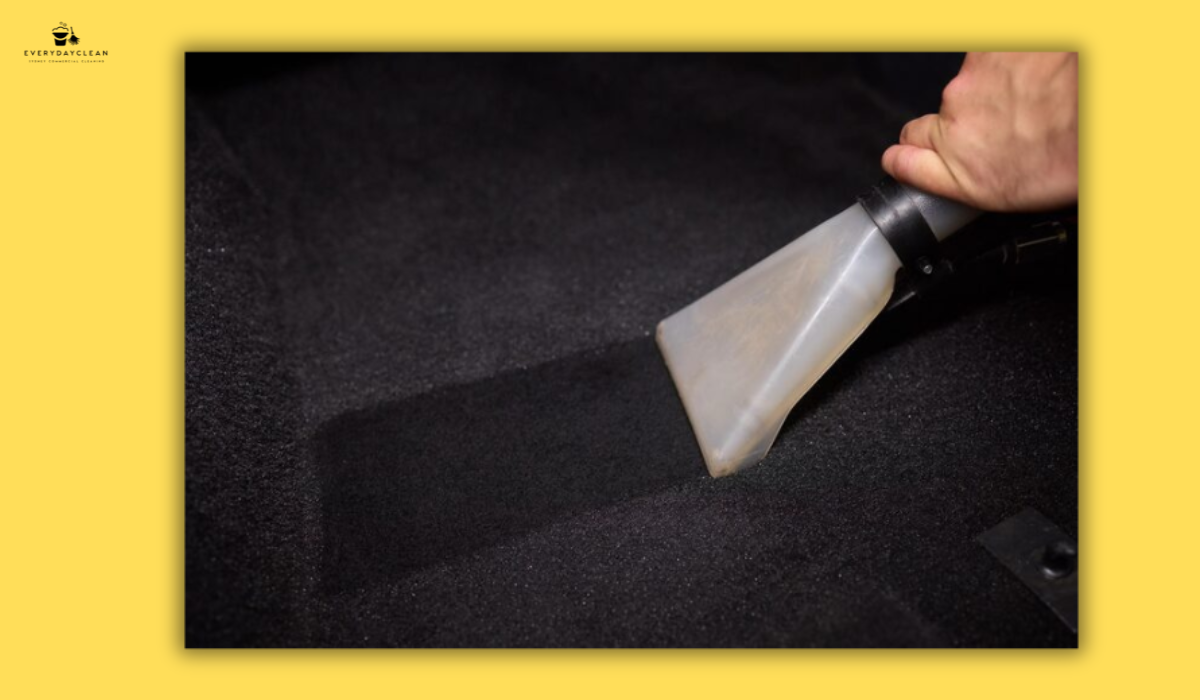
Step 6: Schedule Regular Cleaning and Maintenance
Maintaining a regular cleaning schedule keeps gym floors consistently hygienic and extends their lifespan. For high-traffic gyms, cleaning should be performed daily, while smaller studios can deep-clean weekly with disinfecting between sessions.
Recommended routine:
- Daily: Quick sweep and disinfect after closing hours.
- Weekly: Deep-clean and full rinse.
- Monthly: Pull up mats to clean the floor and inspect for mould.
Maintaining a logbook for cleaning times, products used, and staff initials supports accountability and ensures compliance with Australian hygiene and safety regulations. If you manage both gyms and short-term rentals, using a checklist for Airbnb house cleaning can also inspire your gym turnover routines with efficiency-focused systems.
Step 7: Deodorise and Prevent Mould Growth
Persistent odours in gyms usually come from trapped sweat and poor airflow. After each cleaning cycle, use a natural deodoriser — such as a mixture of white vinegar and water (1:3 ratio) — or a commercial-grade odour neutraliser. Spray lightly over mats and allow them to air dry.
To prevent mould, improve ventilation and maintain humidity below 50%. In cooler months, dehumidifiers help control moisture accumulation under interlocking mats. This simple routine keeps the air fresh and prevents the build-up of allergens or mildew that can cause respiratory irritation for members and staff.
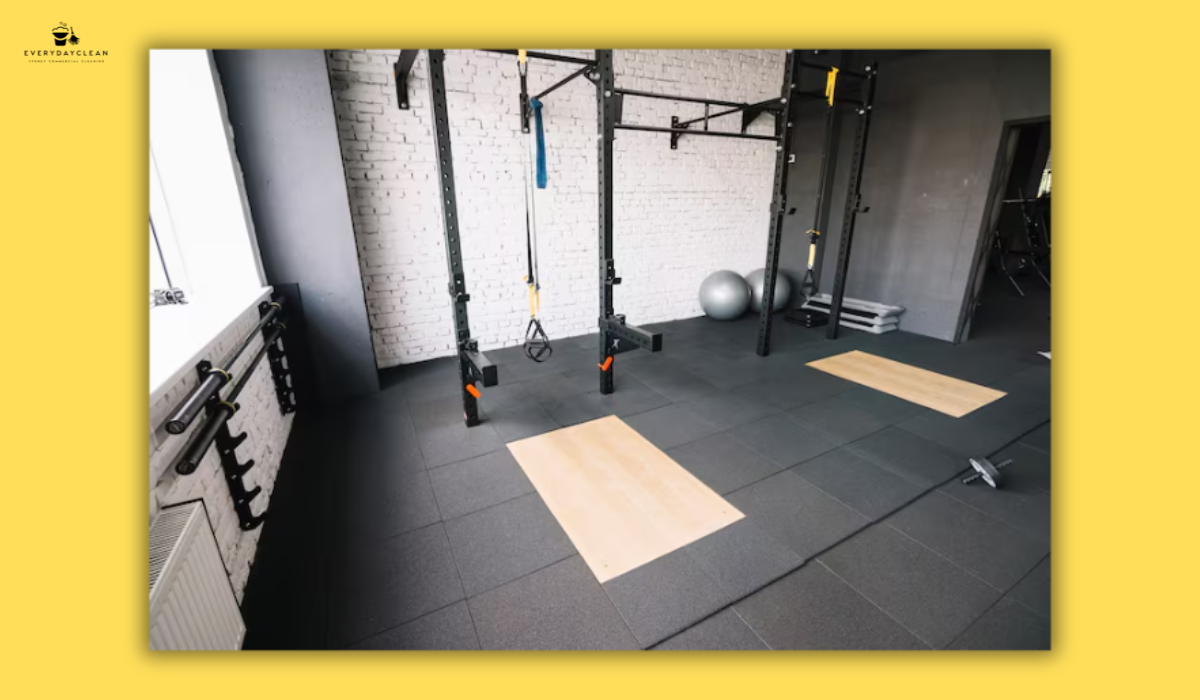
FAQs: How to Clean Gym Floor Mats
Before wrapping up, here are common questions gym owners and cleaning staff often ask when maintaining gym flooring in high-use environments.
How often should gym floor mats be cleaned?
Gym floor mats should be cleaned daily and disinfected at least three times a week, depending on usage levels. Sweat and dirt accumulate quickly in busy areas, and skipping cleaning sessions can lead to odours and bacterial growth. For commercial gyms, deep-cleaning once a week and a full sanitisation every month ensures compliance with Australian standards and maintains member safety.
Can steam cleaners be used on gym floor mats?
Yes — but only on durable rubber or vinyl mats. Steam cleaning provides a chemical-free, eco-friendly option that effectively kills bacteria. Avoid steam on foam or EVA mats, which can deform under high heat. Always allow mats to cool and dry fully before use to maintain grip and prevent mould formation.
What is the best disinfectant for gym mats?
The best disinfectants for gym mats are TGA-approved products, such as quaternary ammonium compounds or hydrogen peroxide solutions. These achieve hospital-grade sanitisation without damaging surfaces. Always read labels and test a small area before applying widely. Natural alternatives, like vinegar-based sprays, help reduce odour but should be paired with stronger disinfectants for full germ elimination.
Conclusion
Learning how to clean gym floor mats properly protects members, extends the life of gym flooring, and ensures compliance with hygiene regulations. From daily surface wipes to weekly deep cleans, each step — preparation, cleaning, disinfection, and drying — contributes to a safer, fresher fitness space. For facilities requiring routine deep cleans and sweat-safe flooring, partnering with experienced gym cleaning services ensures both compliance and performance longevity.
For gyms across Sydney, Everyday Clean provides professional cleaning services using eco-friendly, TGA-approved disinfectants and precise techniques tailored for commercial fitness environments. Keep your floors spotless, odour-free, and ready for every workout with the support of industry experts.
Author: Everyday Clean Content Team
Everyday Clean is Sydney’s trusted provider of commercial cleaning solutions, specialising in gyms, offices, schools, and childcare centres. Our licensed professionals use eco-friendly, TGA-approved equipment to deliver safe, compliant, and spotless results across all facilities.
